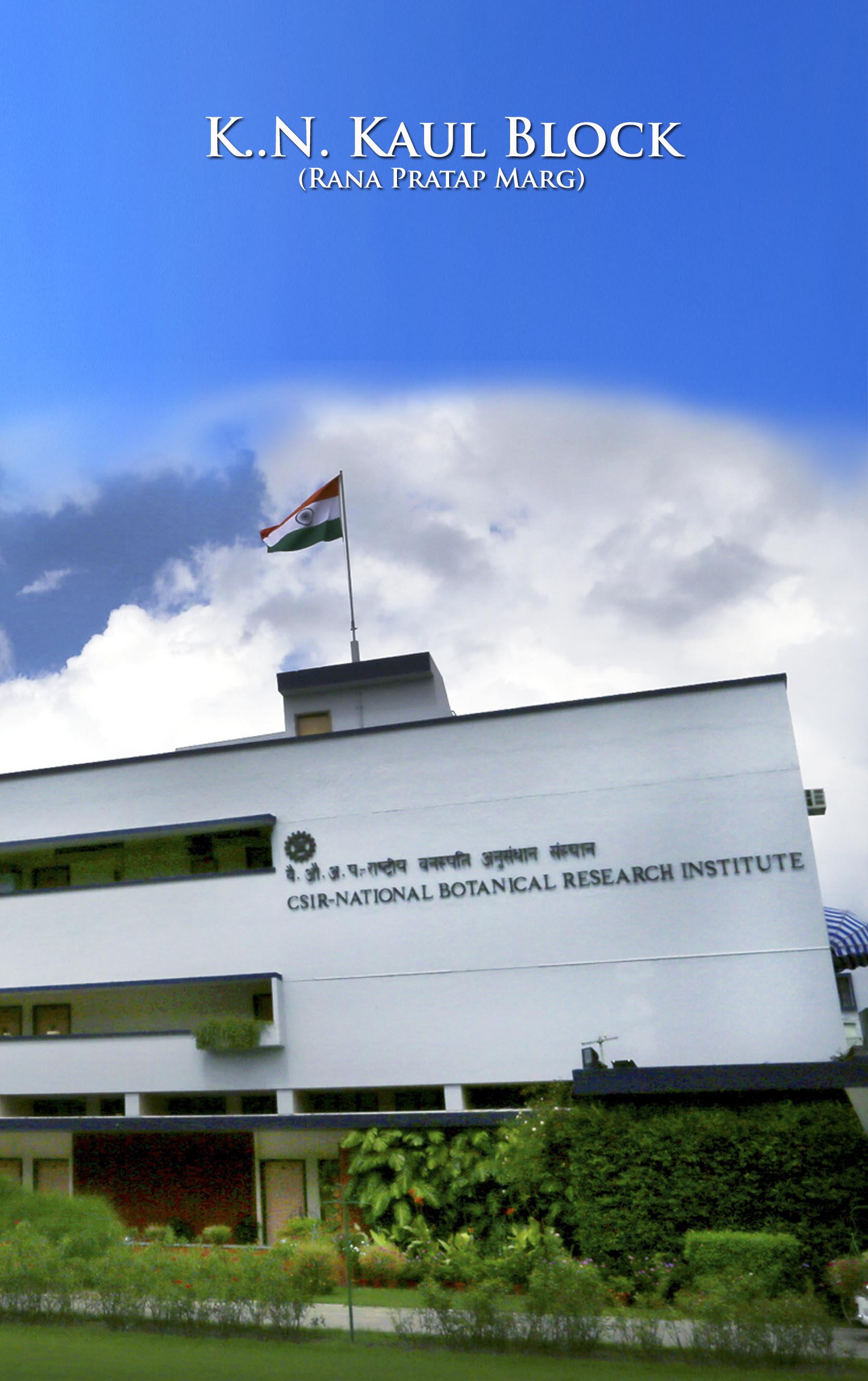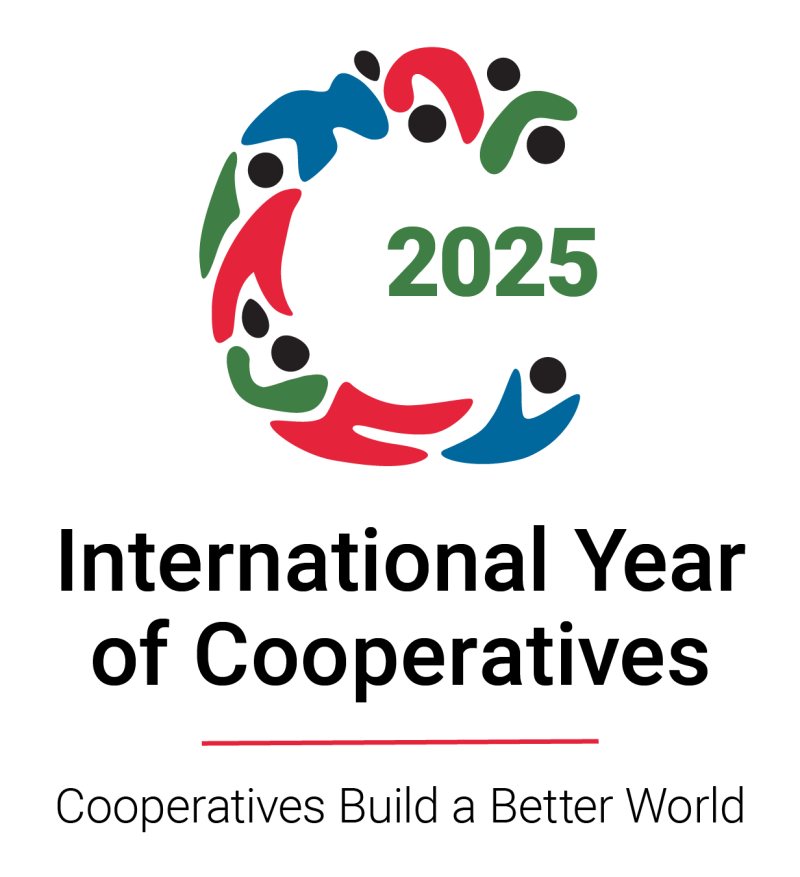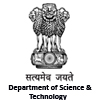

Dr. Dibyendu Adhikari
Principal Scientist
Research Interests:
Dr. Dibyendu Adhikari works in the area of environmental science and forest ecology. His research interests are (i) Technology development for restoration of degraded forests, conservation of threatened plants, and management/control of invasive plants, (ii) Developing new methods for environmental impact assessment studies, and (iii) Predictive modelling for conservation/restoration of threatened plants and their habitats, and assess the impact of climate change on their distribution in future.
R&D Focus on:
- Degraded forest rehabilitation/restoration
- Threatened plant conservation
- Alien plant invasion
- Ecosystem service assessment
- EIA of hydropower projects
- Ecological modelling
Dr. Dibyendu Adhikari
Principal Scientist
Research Summary:
Dr. Dibyendu Adhikari uses observational, empirical, and modeling approaches to investigate and understand various issues related to environment and forest/habitat degradation, and focuses on developing technology for their rehabilitation/restoration and conservation.
Dr. Dibyendu Adhikari
Principal Scientist
Selected publications:
- Lal, P., Kumar, A., Bharti, S., Saikia, P., Adhikari, D., & Khan, M. L. Lockdown to Contain the COVID-19 Pandemic: An Opportunity to Create a Less Polluted Environment in India. Aerosol and Air Quality Research, 20.
- Kumar, A., Kumar, A., Adhikari, D., Gudasalamani, R., Saikia, P., and Khan, M. L. (2020). Ecological niche modeling for assessing potential distribution of Pterocarpus marsupium in Ranchi, eastern India. Ecological Research, https://doi.org/10.1111/1440-1703.12176
- Singh, P. P., Chakraborty, T., Dermann, A., Dermann, F., Adhikari, D., Gurung, P. B., Barik, S.K., Bauhus, J., Fassnacht, F.E., Dey, D.C., Rosch, C. and Saha, S. (2020). Assessing restoration potential of fragmented and degraded Fagaceae forests in Meghalaya, North-East India. Forests, 11(9): 1008.
- Lal, P., Kumar, A., Kumar, S., Kumari, S., Saikia, P., Dayanandan, A., … & Khan, M. L. (2020). The dark cloud with a silver lining: Assessing the impact of the SARS COVID-19 pandemic on the global environment. Science of the Total Environment, 732:
- Rajpoot, R., Adhikari, D., Verma, S., Saikia, P., Kumar, A., Grant, K. R., Dayanandan, A., Kumar, A., Khare, P.K., and Khan, M. L. (2020). Climate models predict a divergent future for the medicinal tree Boswellia serrata in India. Global Ecology and Conservation, 23: e01040.
- Tiwary, R., Singh, H., Adhikari, D., Singh, P. P., & Barik, S. K. (2020). Discovery of Aconitum haridasanii (Ranunculaceae), a new species from Arunachal Pradesh, India. Phytotaxa, 440(3), 232-238.
- Suchiang, B. R., Nonghuloo, I. M., Kharbhih, S., Singh, P. P., Tiwary, R., Adhikari, D., Upadhaya, K., Ramanujam, P. and Barik, S. K. (2020). Tree diversity and community composition in sacred forests are superior than the other community forests in a human-dominated landscape of Meghalaya. Tropical Ecology,61, 84–105.
- Nonghuloo, I. M., Kharbhih, S., Suchiang, B. R., Adhikari, D., Upadhaya, K., and Barik, S. K. (2020). Production, decomposition and nutrient contents of litter in subtropical broadleaved forest surpass those in coniferous forest, Meghalaya. Tropical Ecology, 61: 5-12.
- Gogoi, R. R., Adhikari, D., Upadhaya, K., and Barik, S. K. (2020). Tree diversity and carbon stock in a subtropical broadleaved forest are greater than a subtropical pine forest occurring in similar elevation of Meghalaya, north-eastern India. Tropical Ecology, 61: 142-149.
- Sarkar, P., Das, T., and Adhikari, D. (2019). Variation in species assemblages due to micro-topography and flow regime govern vegetation carbon stock in seasonal floodplain wetlands. Ecological Processes, 8(1), 49.
- Tiwary, R., Singh, H., Adhikari, D., Singh, P. P., & Barik, S. K. (2019). A new species of Aconitum (Ranunculaceae) from Eastern Himalaya. Phytotaxa, 413(1), 54-60.
- Adhikari, D., Tiwary, R., Singh, P. P., Upadhaya, K., Singh, B., Haridasan, K. E., Bhatt, B.B., Chettri, A., and Barik, S. K. (2019). Ecological niche modeling as a cumulative environmental impact assessment tool for biodiversity assessment and conservation planning: A case study of critically endangered plant Lagerstroemia minuticarpa in the Indian Eastern Himalaya. Journal of environmental management, 243: 299-307.
- Prasad, N., Das, T., and Adhikari, D. (2019). Impacts of Anthropogenic Land Use/Land Cover on the Distribution of Invasive Aquatic Macrophytes in Tropical Floodplains: a Case Study from the Barak River Basin in Northeast India. Human Ecology, 47(2): 245-262.
- Majumdar, K., Adhikari, D., Datta, B. K., and Barik, S. K. (2019). Identifying corridors for landscape connectivity using species distribution modeling of Hydnocarpus kurzii (King) Warb., a threatened species of the Indo-Burma Biodiversity Hotspot. Landscape and Ecological Engineering, 15(1): 13-23.
- Adhikari, D., Mir, A.H., Upadhaya, K., Iralu, V. and Roy, D. K. 2018. Abundance and habitat-suitability relationship deteriorate in fragmented forest landscapes: a case of Adinandra griffithii Dyer, a threatened endemic tree from Meghalaya in northeast India. Ecological Processes 7(3): 1-9.
- Rathi, S., Tak, N., Bissa, G., Chouhan, B., Ojha, A., Adhikari, D., Barik, S.K., Satyawada, R.R., Sprent, J.S., James, E.K., and Gehlot, H.S. 2018. Selection of Bradyrhizobium or Ensifer symbionts by the native Indian caesalpinioid legume Chamaecrista pumila depends on soil pH and other edaphic and climatic factors. FEMS Microbiology Ecology, 94(11): fiy180, https://doi.org/10.1093/femsec/fiy180.
- Rajbongshi, P., Das, T. and Adhikari, D. 2018. Microenvironmental heterogeneity caused by anthropogenic LULC foster lower plant assemblages in the riparian habitats of lentic systems in tropical floodplains. Science of the Total Environment 639 (2018): 1254-1260.
- Borthakur, S.K., Baruah, P.S., Deka, K., Das, P., Sarma, B., Adhikari, D. and Tanti, B. 2018. Habitat distribution modelling for improving conservation status of Brucea mollis Ex Kurz. – An endangered potential medicinal plant of northeast India. Journal for Nature Conservation 43(2018): 104-110.
- Adhikari, D., Reshi, Z., Dutta, B.K., Samant, S.S., Chettri, A., Upadhaya, K., Shah, M.A., Singh, P.P., Tiwary, R., Majumdar, K., Pradhan, A., Thakur, M.L., Salam, N., Zahoor, Z., Mir, S.H., Kaloo, Z.A. and Barik, S.K. 2018. Inventory and characterization of new populations through ecological niche modeling improve threat assessment. Current Science114(3): 519-531.
- Lyngdoh, M.K., Chettri, A., Adhikari, D. and Barik, S.K. 2018. Metapopulation modelling of threatened plants to assess conservation status and determine minimum viable population size. Current Science114(3): 532-538.
- Barik, S.K., Tiwari, O.N, Adhikari, D., Singh, P.P., Tiwary, R. and Barua, S. 2018. Geographic distribution pattern of threatened plants of India and steps taken for their conservation. Current Science 114(3): 470-503.
- Panda, P.C., Kumar, S., Singh, J.P., Gajurel, P., Kamila, P., Kashung, S., Kulloli, R.N., Singh, P.P., Adhikari, D. and Barik, S.K. 2018. Improving macropropagation and seed germination techniques for conservation of threatened species. Current Science 114(3): 562-566.
- Barik, S.K., Rao, B.R.P., Haridasan, K., Adhikari, D., Singh, P.P. and Tiwary, R. 2017. Classifying threatened species of India using IUCN criteria. Current Science 114(3): 588-595.
- Adhikari, D., Tiwary, R. and Barik, S.K. 2015. Modelling hotspots for alien invasive plants in India. PLoS One 10(7): e0134665. doi:10.1371/journal.pone.0134665.
- Adhikari, D., Barik, S.K. and Upadhaya, K. 2012. Habitat distribution modelling for reintroduction of Ilex khasiana , a critically endangered tree species of northeastern India. Ecological Engineering 40: 37-43.
Dr. Dibyendu Adhikari
Principal Scientist
Dr. Dibyendu Adhikari
Principal Scientist
Dr. Dibyendu Adhikari
Principal Scientist
CSIR-National Botanical Research Institute, Rana Pratap Marg
Lucknow-226001, Uttar Pradesh, India






















